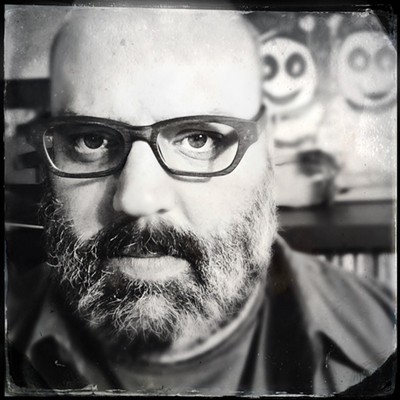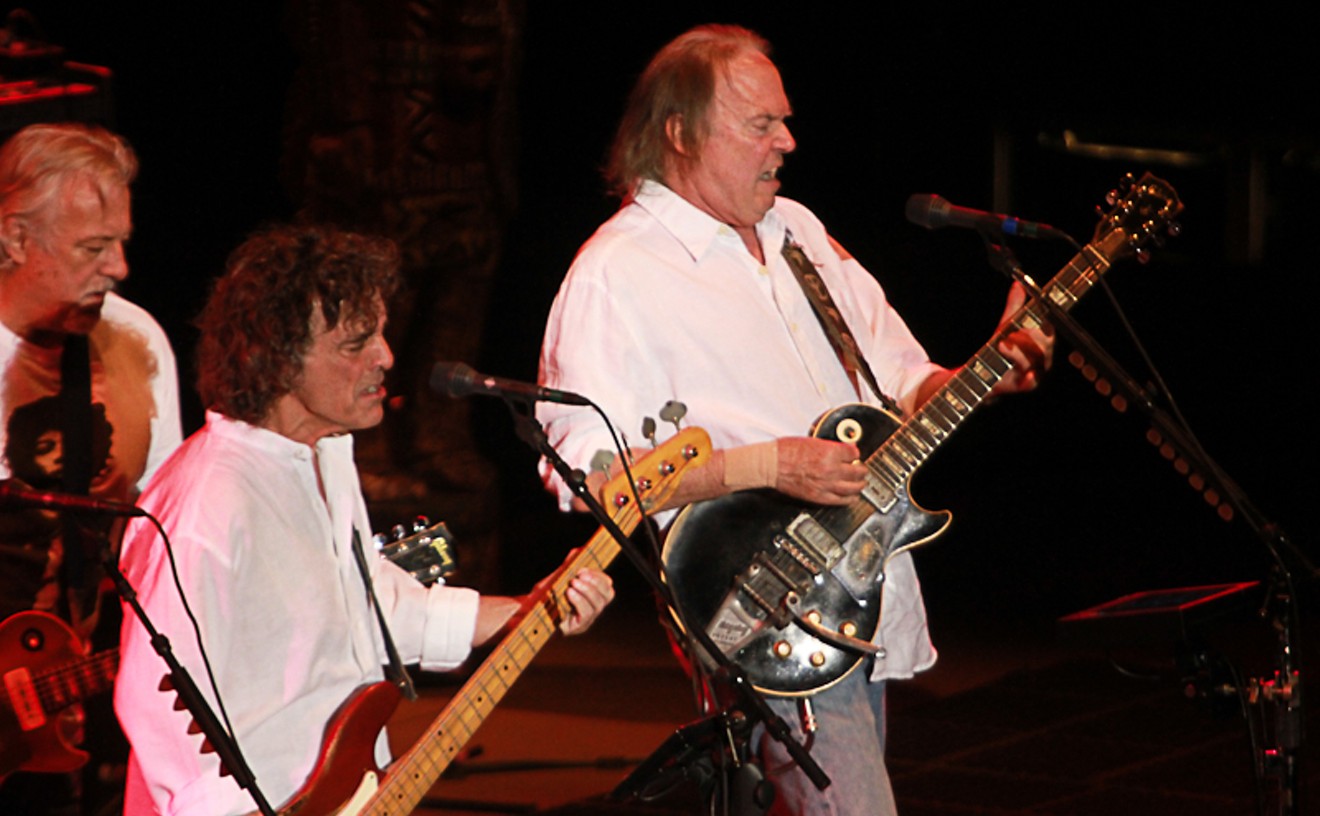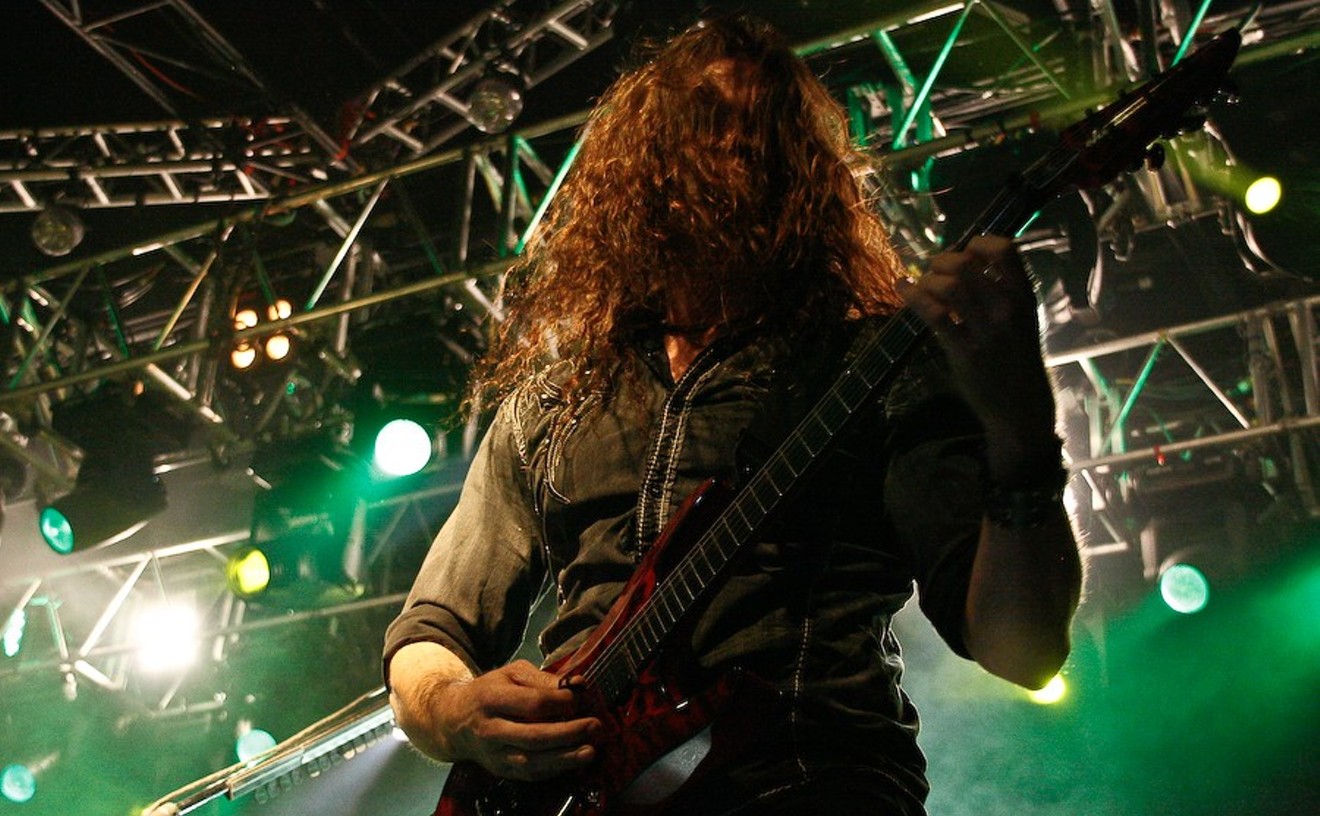While preparing for John Coltrane's 1957 landmark album Blue Train, trombonist Curtis Fuller says he had only three hours to learn the tunes before the band started recording at Rudy Van Gelder's studio in New Jersey. Fuller, who was 22 at the time, said he teased Coltrane about learning the difficult tunes at a moment's notice, and Coltrane decided to rename one of the songs "Moment's Notice."
"Someone asked Coltrane what his favorite album was," Fuller says. "He said 'Blue Train.' They asked him why, and he said, 'The band.'" Of all the musicians on the album, which also included trumpeter Lee Morgan, bassist Paul Chambers, pianist Kenny Drew and drummer Philly Joe Jones, Fuller is the only surviving member.
"I'm just waiting for the old man upstairs to tap me on the shoulder and go, 'Okay, buddy,' the 73-year-old Fuller says. "But I make the most of it while I'm here."
Fuller, who was raised in an orphanage after his parents passed away, began making the most of it after a nun at the institution took him to see trombone legend J.J. Johnson perform.
"He was coming out the side of the theater," Fuller recalls. "He stopped and squeezed my hand, and he gave me that look — the J.J. Johnson look. And throughout the years, he never forgot me. And as I got older and went to school, and then went to the service and came out, I saw him again with Kai Winding, and he remembered me. When I got to New York, he told Miles [Davis] about me and about my progress. And as fate would have it, when he left to do his writing in Hollywood, I was chosen to do the two-trombone thing with Kai Winding and Giant Bones, and we had three albums."
Fuller, who grew up in Detroit, went to school with Paul Chambers and Donald Byrd, and while at Wayne State University, he was roommates with another jazz legend, tenor saxophonist Joe Henderson. In the Army, he played in a military band under the direction of Cannonball Adderley. Right after moving to New York and recording Blue Train, he hooked up with Lester Young; Fuller recently found out about a live recording of the two performing at Birdland.
"I remember talking to Billie Holiday about being surprised that Lester wanted me," Fuller says. "She said, 'Well, he asked for you. He must've wanted you.'"
After Young died, Fuller says, he was ready to go back to Detroit, but he got a job working with James Moody, did stints with Dizzy Gillespie's Big Band and Art Blakey's Jazz Messengers, and almost landed a gig with Louis "Pops" Armstrong when Armstrong's trombonist, Trummy Young, was getting ready to leave for the priesthood.
"Trummy told me he got $1,500 a week," Fuller remembers. "I started spending the money in my mind. Those were the early days. If you had $300 or $400 a week, you thought you were rich. Trummy was a mainstay with the group, and he was telling Pops about me — I got a little man, you gotta hear him. He took me to rehearse for him, and I heard Pops talking, and he said, 'Nah, too much bebop. I don't like that stuff.' I started crying. Louis Armstrong, my hero, didn't like me. My whole world crashed down on me."
But, he adds, "he didn't like Dizzy, either, so I don't feel bad."











